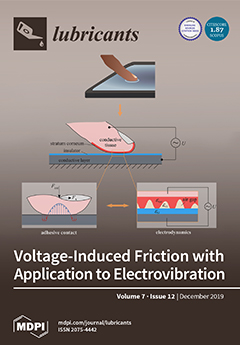We report the synthesis and characterization of two different types of Ni-based laminated composites (Types I and II). In Type-I composites, layers of Ni and Ti
3SiC
2 (Ni–Ti
3SiC
2) were interleaved with Ni, whereas in Type-II composites, Ni–Ti
[...] Read more.
We report the synthesis and characterization of two different types of Ni-based laminated composites (Types I and II). In Type-I composites, layers of Ni and Ti
3SiC
2 (Ni–Ti
3SiC
2) were interleaved with Ni, whereas in Type-II composites, Ni–Ti
3SiC
2 layers were interleaved with Al and Ni. The laminate thickness and Ti
3SiC
2 content in the individual Ni–Ti
3SiC
2 layers were systematically varied in both the composites. Detailed SEM studies showed that Ti
3SiC
2 particulates are well distributed in the Ni-matrix with little or no interfacial reactions with interparticle porosity. However, there were interfacial reactions between Ni and Al in Type II composites. In general, Type I multilayered composites had higher ultimate compressive strength (UCS) in parallel orientation as compared to perpendicular orientation (layers are aligned parallel or perpendicular to the wear surface then it will be referred to as parallel or perpendicular orientation). Comparatively, in Type II composites, the UCS was greater in perpendicular orientation as compared to parallel due to the presence of Al layers as bonding layers. Both the composite designs showed triboactive behavior against alumina disks and sensitivity to laminate thickness and orientation. In Type-I composites, the decrease in
µ and wear rate (
WR) with laminate thickness was more pronounced in the perpendicular orientation as compared to the parallel orientation. Comparatively, Ni–Ti
3SiC
2/Al/Ni composites showed that the parallel orientation was more effective in enhancing the triboactive performance. SEM analysis of tribosurfaces showed signs of triboxidation and abrasion, which led to the formation of O-rich tribofilms.
Full article





